WhMIS and GHS
1/36
There's no tags or description
Looks like no tags are added yet.
Name | Mastery | Learn | Test | Matching | Spaced |
|---|
No study sessions yet.
37 Terms
WHMIS
The workplace hazardous materials information system
Helps you to know about the hazardous products that you use and store in your workplace
SDs
• safety data sheets
GHS
Globally harmonized system of classification and labelling of chemicals
Goals of GHS
Common set of rules for classifying hazardous products
common rules for labels
a standard for SDS’ that is adopted around the world
What does aligning WHMIS with GHS help with?
Encourage safe transport, handling, and use of hazardous products
Promote better emergency response
Promote regulatory efficiency and compliance
Components of WHMIS
Classification of hazardous products into hazard classes and categories according to specific rules
Communication of hazard and precautionary information using labels and SDs
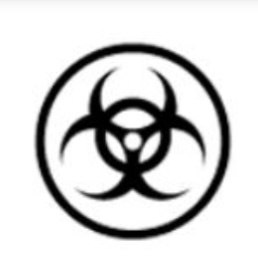
Biohazards and infections
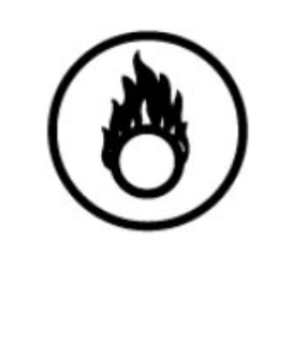
Oxidizing material
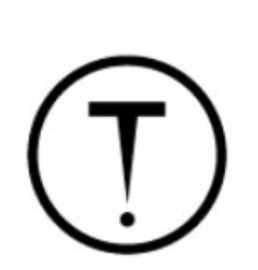
Toxic effects
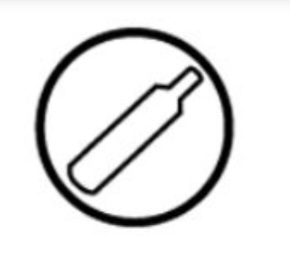
Compressed gas
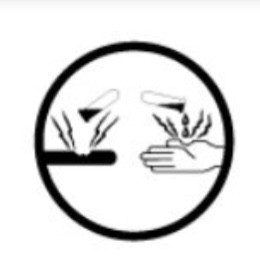
Corrosive material
corrosive to metals
Serious eye damage
skin corrosion
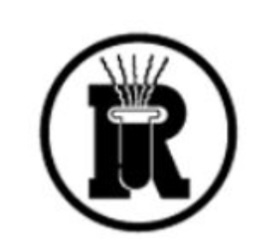
Dangerously reactive material
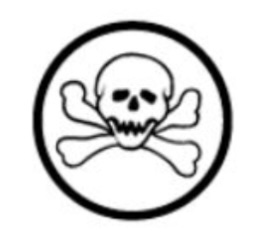
Immediate toxic effects (poisonous)
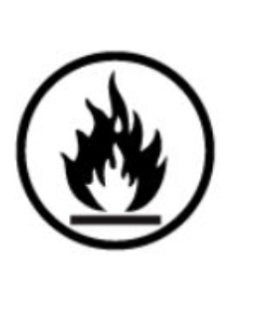
Flammable and combustible material (exploding bomb)
explosives
Self reactive substances and mixtures
Organic peroxides
Whims requirements
Establishes rules for classifying hazardous products into hazard classes & categories.
Requires suppliers to attach labels to hazardous products that meet one or more of the classification criteria according to the Hazardous Products Act and regulations
Requires suppliers to provide SDS's for these hazardous. products to their customers.
How does hazard classification work?
Based on their properties, hazardous products are assigned to hazard classes such as Corrosive to metals or Serious eye damage / eye irritation.
The hazard class & category are a guide to the:
• Type of hazard:
• Degree of hazard;
• Precautions to follow.
Whims exclusions
Like previous WHMIS legislation, the updates excludes some types of products from labelling and SDS requirements because these products are regulated by other laws. Three types of excluded products are:
• Consumer products
• Explosives
• Pesticides such as insecticides, herbicides and fungicides, and other pest control products.
Pictograms
Most hazard classes and categories are assigned a symbol reflecting the type or severity of the hazard.
The symbol is called a pictogram when it is framed by a red square set on a point. The exception is the biohazard pictogram which is a round black border. (Same as WHMIS 1988)
Physical hazard
Self-heating substances & mixtures
Substances & mixtures which, in contact with water, emit flammable gases.
Oxidizing liquids & solids
Health hazards
• Serious eye damage/eye irritation
• Respiratory or skin sensitization
• Germ cell mutagenicity
Hazard categories
Hazard classes consist of categories or subcategories. The category identifies the degree of the hazard. Category 1 is always more hazardous than Category 2 or 3. Similarly, subcategory 1A is always more hazardous than subcategory 1B or 1C.
Importance of labels
Labels are important because they alert workers that a product is potentially hazardous. They tell you:
• The major hazards of the product
• Basic precautions (safety steps) that you should take.
Signal words
Most labels will show a signal word that indicates the severity of the hazard, if assigned.
There are two signal words: DANGER and WARNING.
• Danger is used for the more severe hazards
• Warning is used for the less severe hazards
Only one signal word will appear on the label - the word Danger will be used if both Danger & Warning are assigned.
The regulations specify which of these words is to be used for each hazard class and category.
Some low hazard categories do not have a signal word assigned.
Hazard statements
Hazard statements are brief, standardized sentences that describe the hazards of the product.
The following are examples of hazard statements:
• Extremely flammable gas;
• Contains gas under pressure, may explode if heated;
• Fatal if inhaled;
• Causes eye irritation;
• May cause cancer.
TIP! The wording of the hazard statement helps to describe the degree of the hazard.
Precautionary statements
The label will also have hazard statements. Hazard statements are brief, standardized sentences that describe the hazards of the product.
The following are examples of hazard statements:
• Extremely flammable gas;
• Contains gas under pressure, may explode if heated;
• Fatal if inhaled;
• Causes eye irritation;
• May cause cancer.
TIP! The wording of the hazard statement helps to describe the degree of the hazard.
As a worker, what do I have to do?
Check to see if there is a label
• Read, understand, and follow the instructions on it. Follow your workplace's
safe work procedures
• Ask for a new label when the old one cannot be seen or read properly
• Make sure that a workplace label is attached when you transfer a chemical to
new container
TIP! Used together, the pictogram, the signal word, and the hazard statements indicate the nature and severity of the hazard(s) presented by the product.
Flammable classes
There are many classes of flammable materials.
Four of the classes are for materials that we encounter at work:
flammable gases,
flammable aerosols
flammable liquids
flammable solids
All of these materials will burn if ignited by a spark, static discharge, or a hot surface (like a hot plate)
Other classes that are not common in the workplace and use this pictogram have similar safety concerns. They are:
• Pyrophoric liquids, solids and gases
• Self-heating substances & mixtures
• Substances & mixtures which, in contact with water.
emit flammable gases.
Examples of flammables
Propane: heating, cooking and car fuels
• Butane: fuel and aerosol propellant
• Acetylene: welding (in torches)
• Acetone: nail polish removers, industrial cleaners, and degreasers
Oxidizing classes
There are 3 classes of oxidizing materials:
• Oxidizing gases
• Oxidizing liquids
• Oxidizing solids
What do oxidizers do?
• Increase the intensity of a fire
• Cause materials that normally do not burn to suddenly catch fire, sometimes even without an ignition source
Precautionary statements
• Keep anay from heat, hot surfaces, sparis, open flames, and other ignition sources. No smoking.
• Keep containers lightly close
• Take action to prevent static charges.
precautionary statements
Keep away from heat, hot surfaces, sparks, open flames and other ignition sources. No smoking.
+
• Keep away from clothing and other combustible materials.
• Wear protective gloves, protective clothing, eye protection and face protection.
Gases under pressure hazards
The main hazards are:
• The cylinder or container may explode if heated
• Leaking gas can be very cold and may cause frostbite it it touches your skin. In addition, a leaking cylinder can rapidly release extremely large amounts of gas into the workplace.
NOTE: Other potential hazards include the cylinder may rocket or torpedo at great speeds if ruptured.
Corrosive hazards
Materials that are corrosive to metals can damage or destroy metals (steel & aluminum).
When a corrosive material eats through a container, the contents may spill out into the workplace resulting in health effects, reactivity, or fire damage.
Common corrosives are nitric acid, hydrochloric acid, and sodium hydroxide solutions.
Other physical hazards
Combustible dusts
Simple asphyxiants
Physical hazards not otherwise classified (PHNOC) do not fall into another physical hazard class.
Combustible dusts and simple asphyxiants do not require a pictogram. PHNOC requires a pictogram that is applicable to the hazard.
WHMIS health hazard
Acute toxicity
Skin corrosion/irritation
Serious eye damage/eye irritation
Respiratory or skin sensitization
Germ cell mutagenicity
Health hazard pictogram
The health hazard pictogram is used for a number of classes:
• Respiratory or skin sensitization
• Germ cell mutagenicity
• Carcinogenicity
• Reproductive toxicity
• Specific target organ toxicity - single exposure
• Specific target organ toxicity - repeated exposure
• Aspiration hazard